Raisins are a popular and versatile snack enjoyed worldwide, but red raisins hold a special place with their unique flavor, color, and nutritional benefits. In this comprehensive guide, we delve into the origins, production process, health benefits, culinary uses, and more, to uncover the wonders of these crimson gems.
What Are Red Raisins?
Red raisins are sun-dried grapes that are treated with sulfur dioxide to preserve their natural color and flavor. They are plump, sweet, and have a unique ruby red or dark purple hue that distinguishes them from traditional golden raisins. These luscious, chewy fruits are packed with natural sugars, fiber, and antioxidants, making them a delicious and nutritious snack.
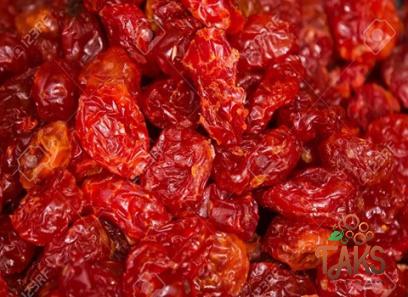
.
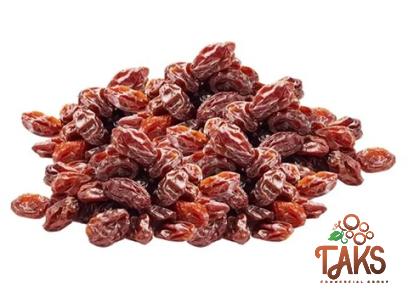 The Journey from Grape to Raisin
The Journey from Grape to Raisin
The process of making red raisins starts with selecting high-quality grapes, typically red or black varieties like Flame Seedless or Red Globe. These grapes are harvested at peak ripeness, then washed and de-stemmed before being laid out on trays to dry in the sun. The drying process can take several days to weeks, during which the grapes shrink and develop their characteristic sweetness. To preserve the color and prevent spoilage, sulfur dioxide is often used as a natural preservative. Once dried, the grapes are sorted, graded, and packed for distribution.
..
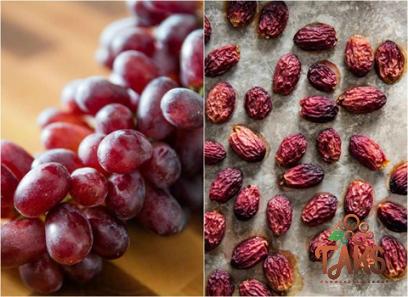 Health Benefits of Red Raisins
Health Benefits of Red Raisins
Red raisins are not only a delicious snack but also a nutrient-packed superfood. Here are some of the key health benefits associated with consuming red raisins:
1. Rich in Antioxidants: Red raisins are loaded with antioxidants like resveratrol, flavonoids, and anthocyanins, which help protect the body against oxidative stress and reduce the risk of chronic diseases.
2. Heart Health: The fiber, potassium, and polyphenols in red raisins have been linked to improved heart health by lowering cholesterol levels, regulating blood pressure, and reducing inflammation in the arteries.
3. Digestive Health: The dietary fiber in red raisins promotes healthy digestion, prevents constipation, and supports a balanced gut microbiome.
4. Energy Boost: Red raisins are a concentrated source of natural sugars, making them a quick and convenient energy-boosting snack for athletes, hikers, and busy individuals.
5. Bone Health: The high levels of calcium and boron in red raisins support bone density and strength, reducing the risk of osteoporosis and fractures.
…
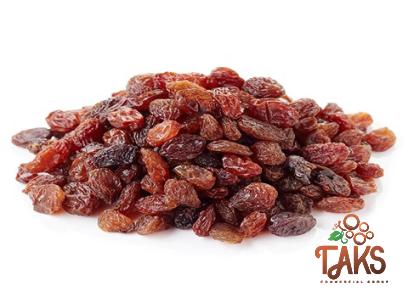 Culinary Uses of Red Raisins
Culinary Uses of Red Raisins
Red raisins are a versatile ingredient that can add sweetness, texture, and flavor to a wide range of dishes. Here are some creative culinary uses for red raisins:
1. Baking: Red raisins are a popular addition to baking recipes such as bread, muffins, cookies, and cakes. They add natural sweetness and moisture to baked goods, creating a delicious contrast of flavors and textures.
2. Salads: Red raisins can enhance the flavor profile of salads by adding a sweet and chewy element. They pair well with greens, nuts, cheeses, and vinaigrettes to create refreshing and satisfying salads.
3. Trail Mixes: Red raisins are a classic ingredient in homemade trail mixes, providing a burst of energy and sweetness along with nuts, seeds, and dried fruits.
4. Chutneys and Relishes: Red raisins can be cooked down with vinegar, sugar, and spices to create flavorful chutneys and relishes that pair well with savory dishes like roast meats and cheese platters.
5. Tagines and Stews: Red raisins are a common ingredient in Moroccan and Middle Eastern cuisine, where they are used in savory tagines, stews, and couscous dishes to add sweetness and depth of flavor.

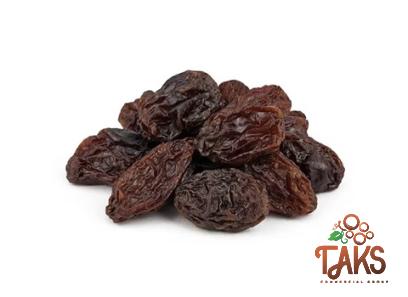
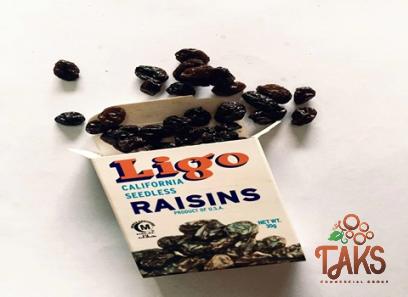
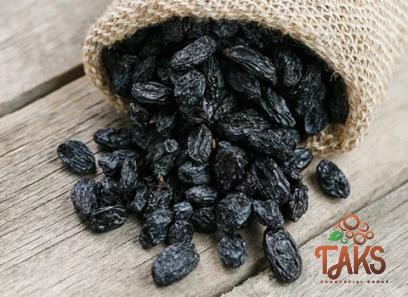
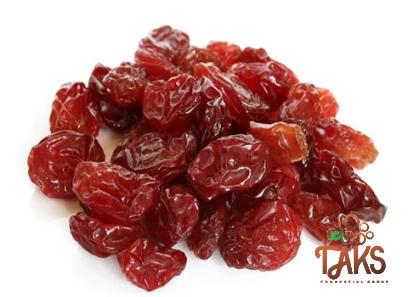

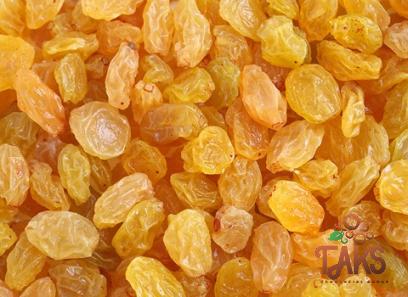
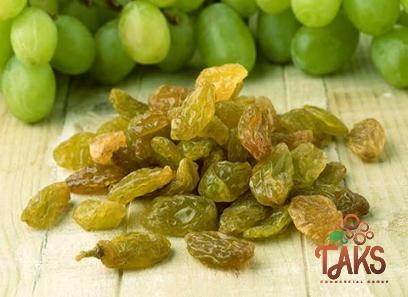
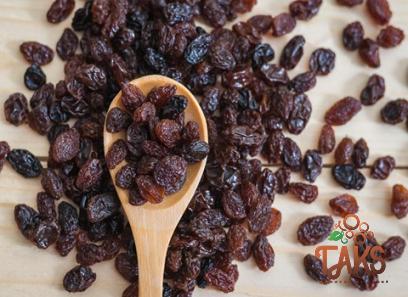


Your comment submitted.